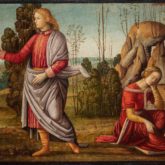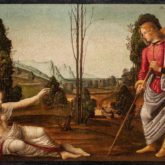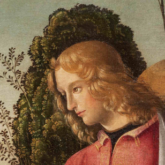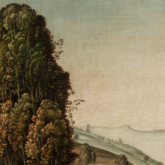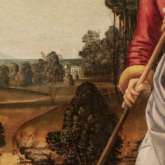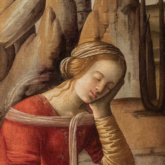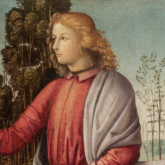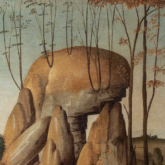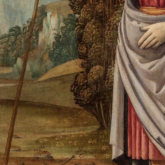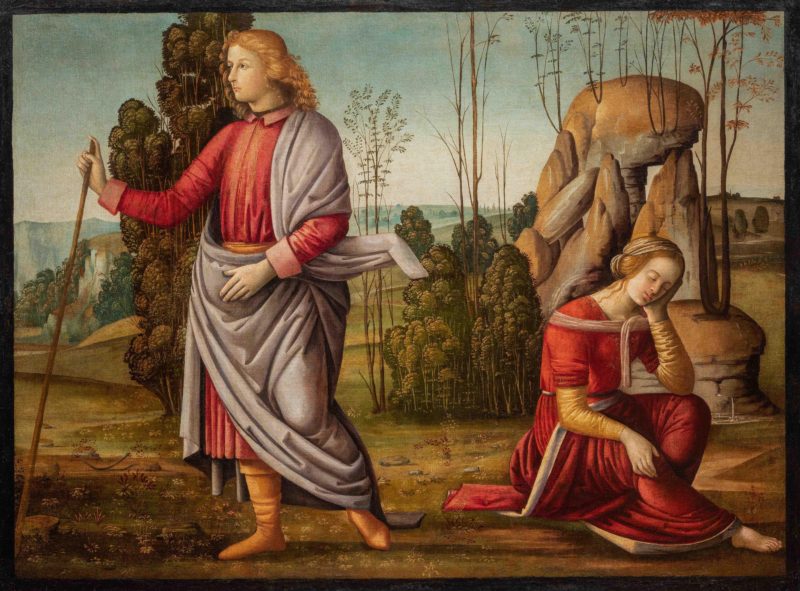A loan from CEEH at the Museo del Prado – two canvases by Johannes Hispanus
Painted in Florence around 1495, these pictures by Johannes Hispanus represent two episodes from the story of Cymon and Iphigenia, an allegory of the power of love included in Boccaccio’s Decameron (1353). Both scenes were probably part of a series in which the artist illustrated this tale, typical of the Neoplatonic circles of the Florentine Renaissance. Cymon, a noble but uncouth young Cypriot, became captivated by the beauty of Iphigenia when he found her asleep and half-naked in a grove by the sea. Seeking to win her over, he was driven by his love to become a cultured and refined courtier.
Little is known about the painter of this fable illustrating the redemptive and civilising power of beauty. Originally from the Iberian Peninsula, he pursued an interesting artistic career in Italy in the late Quattrocento and early decades of the Cinquecento, from Florence to Venice and Milan and including the Marches. Today he is credited with a small but exquisite body of work that displays the influence of Perugino, Piero di Cosimo and Boccaccino. The two canvases by Johannes Hispanus now housed in the Prado hang next to the panels on which Sandro Botticelli also depicted episodes from another story included in the Decameron. The CEEH’s loan has contributed to the reorganisation of pre-1500 paintings in the museum’s galleries, which is aimed at creating new narratives and highlighting points of contact and intersections between different national schools.
